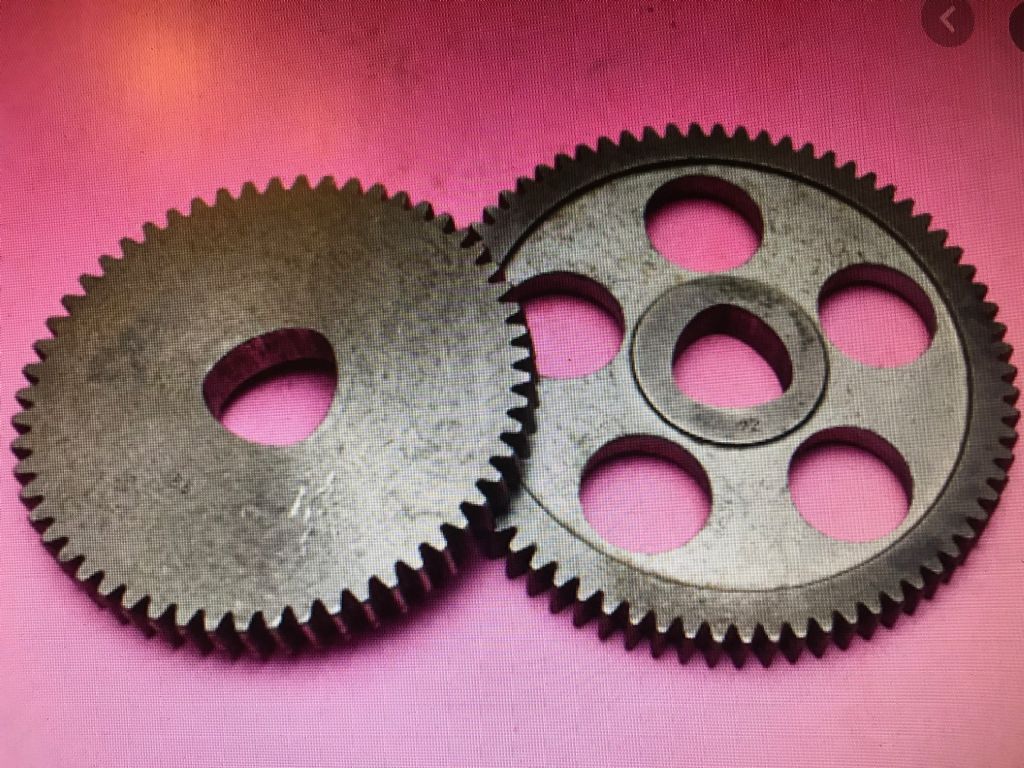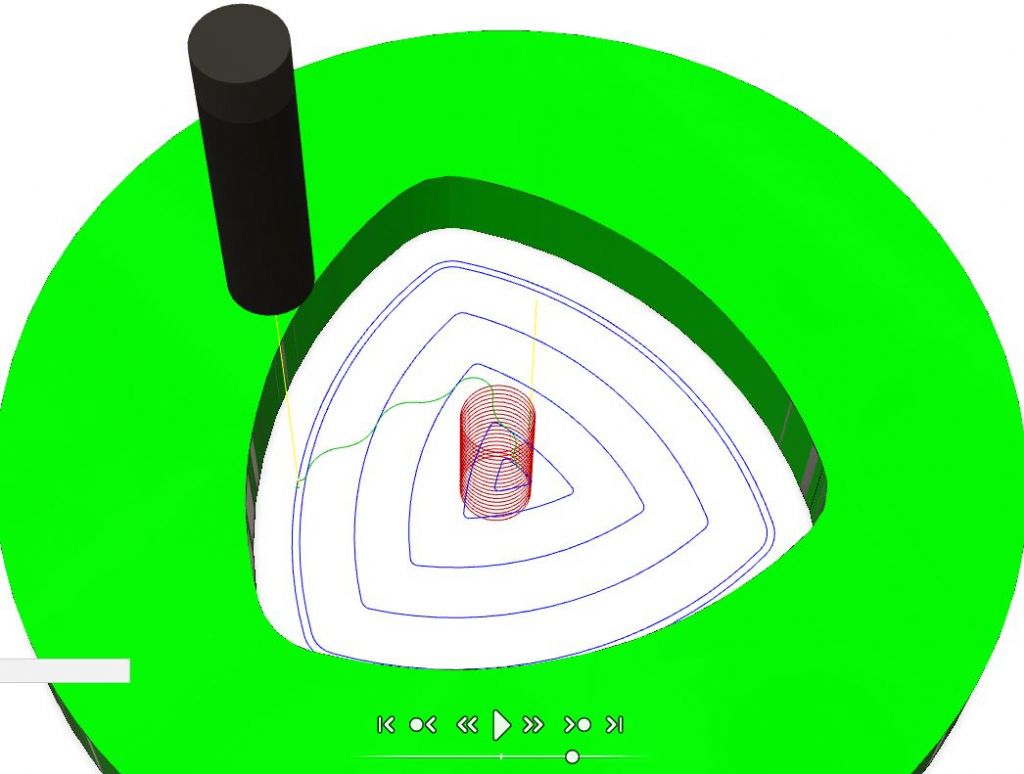How to cut a tri-lobe bore in a change gear (Schaublin style bore)
How to cut a tri-lobe bore in a change gear (Schaublin style bore)
- This topic has 21 replies, 12 voices, and was last updated 16 June 2020 at 09:04 by
 Michael Gilligan.
Michael Gilligan.
Viewing 22 posts - 1 through 22 (of 22 total)
Viewing 22 posts - 1 through 22 (of 22 total)
- Please log in to reply to this topic. Registering is free and easy using the links on the menu at the top of this page.
Latest Replies
Viewing 25 topics - 1 through 25 (of 25 total)
-
- Topic
- Voices
- Last Post
Viewing 25 topics - 1 through 25 (of 25 total)
Latest Issue
Newsletter Sign-up
Latest Replies
- I’m Under Pressure
- Transwave converter – plugged in motor, tripped RCD
- File backup to external hard drive, incremental etc?
- Square end on round stock – Milling?
- Sat nag
- motor and switch wiring Myford ML7
- Taylor Hobson cutter grinder modificaton
- Easiest/cheapest source of R8 socket
- Twin Engineering’s heavy mill/drill quill removal
- Bosch PBD 40 bearing upgrade






